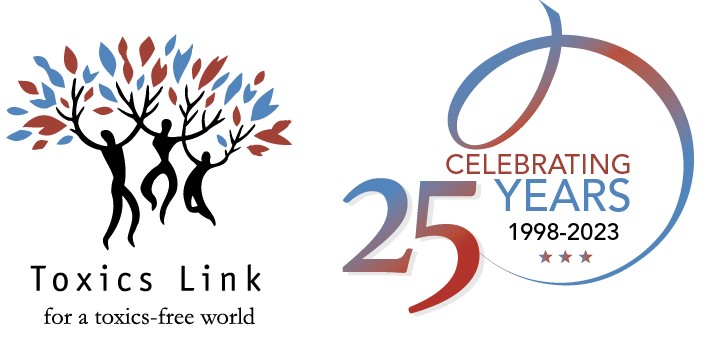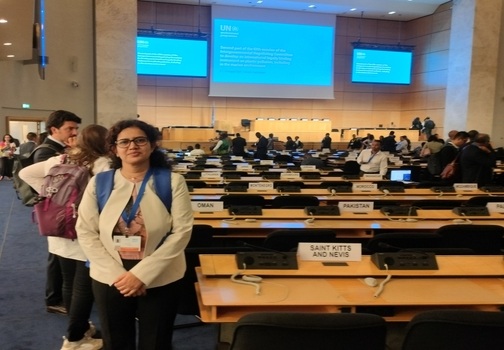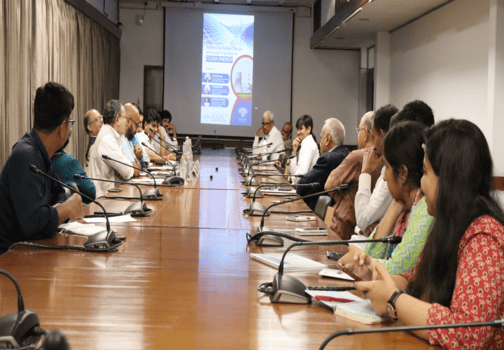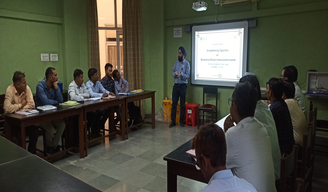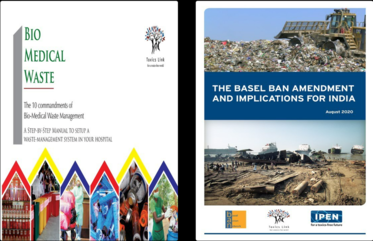GOVERNMENT OF INDIA
MINISTRY OF HOUSING AND URBAN AFFAIRS
LOK SABHA
UNSTARRED QUESTION NO: 4775
ANSWERED ON: 31.03.2022
Sanitary Measures taken in Landfill Sites
Anubhav Mohanty
Will the Minister of HOUSING AND URBAN AFFAIRS be pleased to state:-
(a) whether any specific provisions have been made to improve the conditions of communities residing near landfill sites, if so, the details thereof and if not, the reasons therefor;
(b) whether any sanitary measures have been undertaken in landfills and if so, the details thereof;
(c) the measures taken by the Government to prevent leachate and methane pollution, State-wise; and
(d) the status of implementation of the guidelines which stated that cities must become zero-landfill, that is have they recovered and reprocessed all waste by reclaiming three thousand landfill sites in the whole country?
ANSWER
THE MINISTER OF STATE IN THE MINISTRY OF HOUSING AND URBAN AFFAIRS
(SHRI KAUSHAL KISHORE)
(a): Under Swachh Bharat Mission-Urban (SBM-U), Community/ Public toilet facilities are extended to all communities without considering any land tenure issues for any community. Under SBM (U) 2.0, a separate provision has been made for bio-remediation of all the existing dumpsites in the country during the Mission period.
(b): Under SBM-U, Central Share of assistance is provided to the urban local bodies (ULBs) to implement the Solid Waste Management Rules 2016 in order to effectively manage the municipal solid waste through source segregation of the waste, door-to-door collection and processing of Municipal Solid Waste (MSW). The processing of MSW has improved from 18% in 2014 to more than 72% at present thereby resulting in reduction of waste being dumped in the landfills. Further, the landfill will receive only non- biodegradable fraction of the MSW.
(c): Government of India has prescribed standard protocols and methods to prevent leachate and methane pollution which include various biological treatments and physical/ chemical treatments, such as;
(i). Physiochemical treatment like air stripping, pH adjustment, chemical precipitation, oxidation, and reduction,
(ii). Coagulation using lime, alum, ferric chloride, and land treatment,
(iii). Advanced techniques such as carbon adsorption, ion exchange.
(iv). Landfill leachate has also been effectively treated by the rotating biological contactor (RBC) process.
(v). The most common biological treatment is activated sludge, which is a suspended-growth process that uses aerobic microorganisms to biodegrade organic contaminants in the leachate.
(d): Under SBM-U 2.0, launched on 1st October, 2021, a separate component of dumpsite remediation has been introduced under SWM component. All ULBs across the country having legacy dumpsites are eligible to seek Additional Central Assistance (ACA) under SBM (U) 2.0 for remediating their dumpsites and to establish sanitary landfills for acceptance of the non- biodegradable fraction of the waste to the extent of about 10% of the MSW. Since, SBM-U 2.0 has been launched recently and will last till 30th September, 2026, the target of remediation of existing landfill dumpsite and further accumulation of unprocessed municipal waste will be achieved by then.
